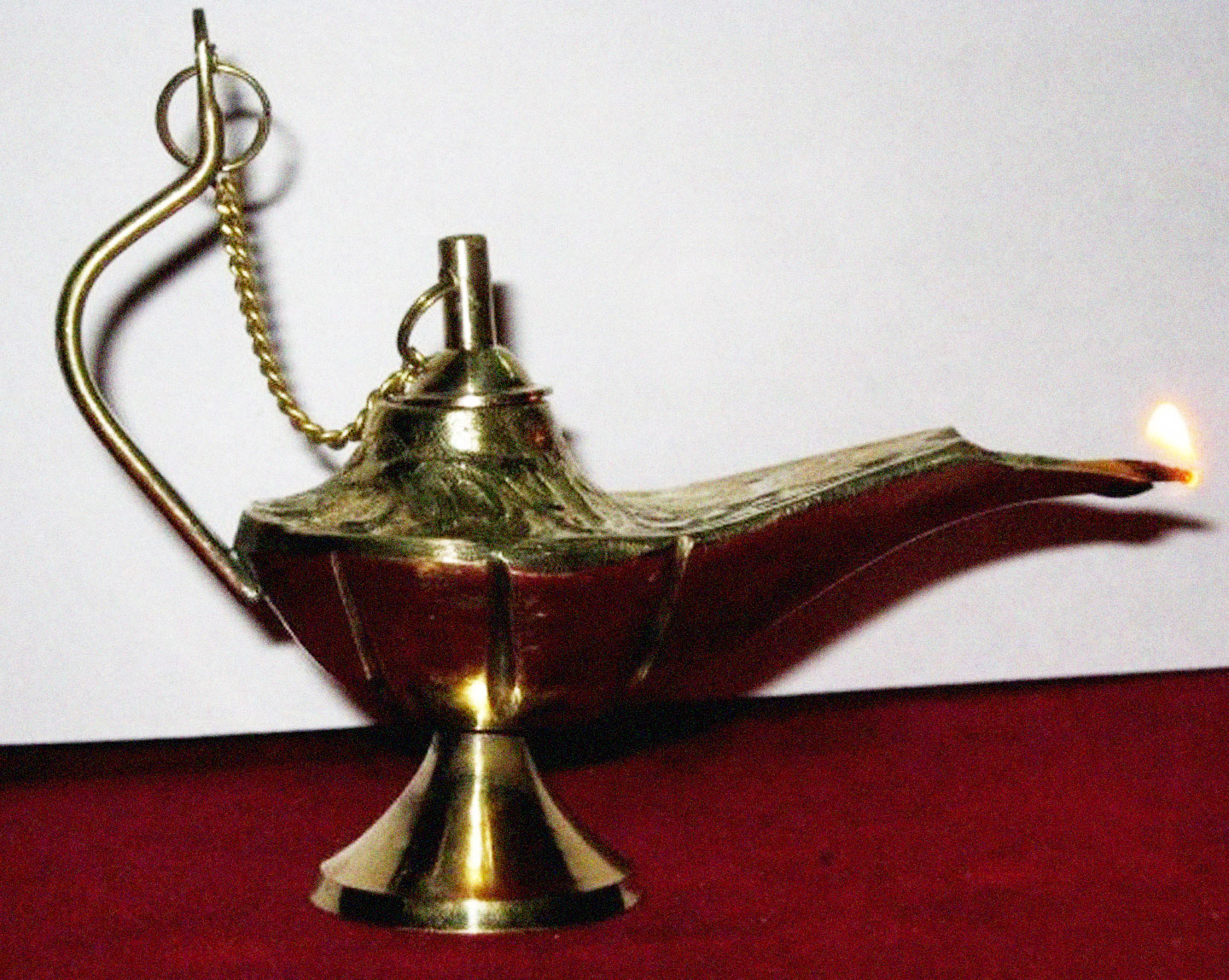Alicia Arteaga, “Eduardo Constantini: ‘Malba fue una manera de involucrarme socialmente,’” La Nación, September 11, 2016.
Felipe Buitrago and Iván Duque, The Orange Economy, Inter-American Development Bank, Washington D.C., 2013, 42.
Buitrago and Duque, The Orange Economy, 16.
Roberta Smith, “A 101 Year-Old Artist Finally Gets Her Due,” The New York Times, September 16, 2016, →
At a dinner organized by MoMA to discuss museum policies with invited artists, including myself, 2011.
A.G. Baumgarten, Theoretische Aesthetik, trans. from Latin by Hans Rudolf Schweizer (Felix Meiner Verlag, 1983), 3, first published in 1750/58. Translation from German by the author.
See →.
See →.
Hans Ulrich Obrist, Ai Wei Wei Speaks (Penguin, 2011).
Wu Guanzhong was eulogized in The New York Times by William Grimes, see: William Grimes, “Wu Guanzhong, Leading Chinese Painter, Dies at 90,” New York Times, June 29, 2010, →.
Baumgarten, 153, 155.
This essay is an advance excerpt from Luis Camnitzer, One Number Is Worth One Word, forthcoming from e-flux journal and Sternberg Press. The text is an edited version of a keynote speech for a conference exploring “The Idea of the Global Museum,” held at the Museum für Gegenwart at the Hamburger Bahnhof, Berlin, December 2016.
